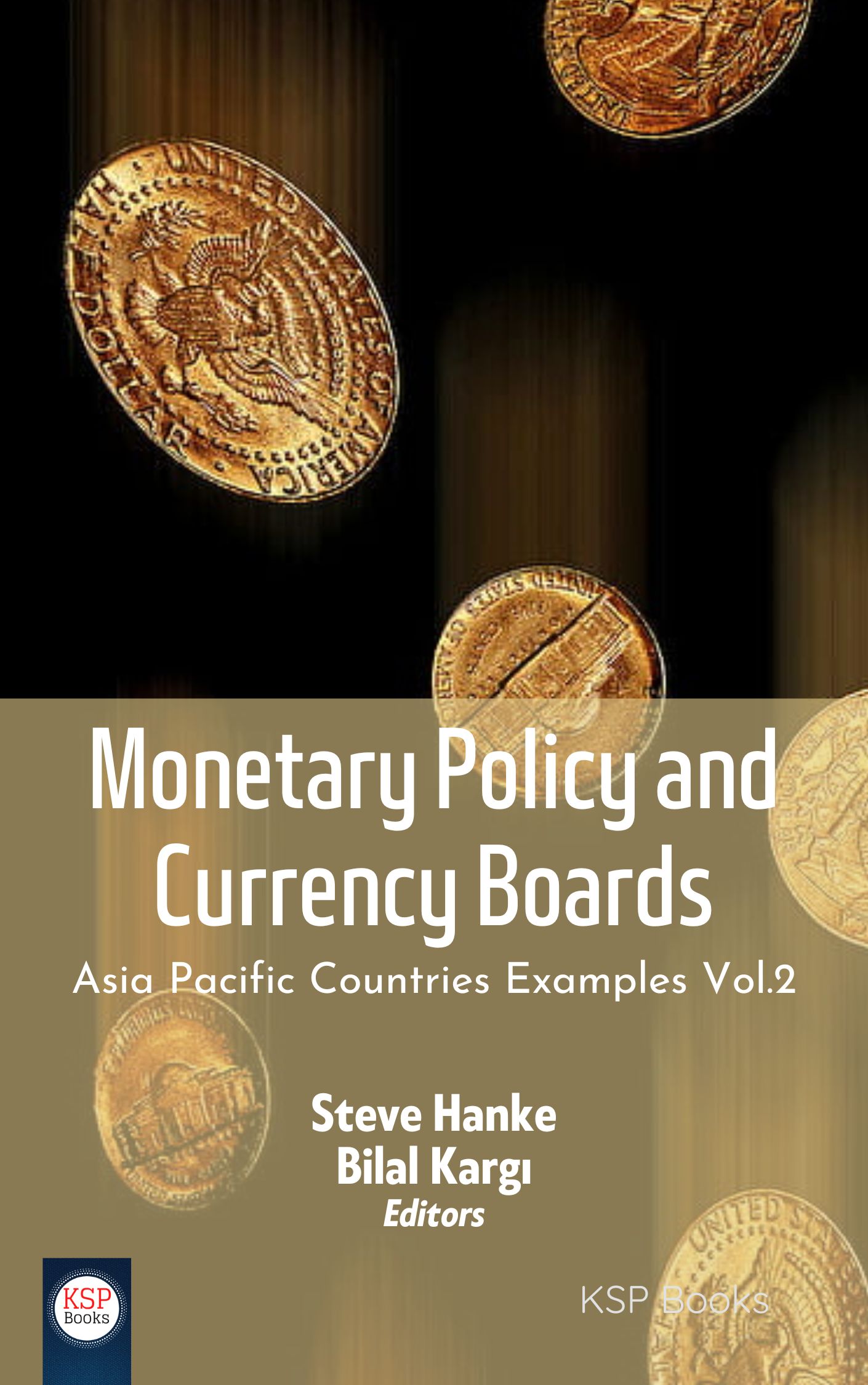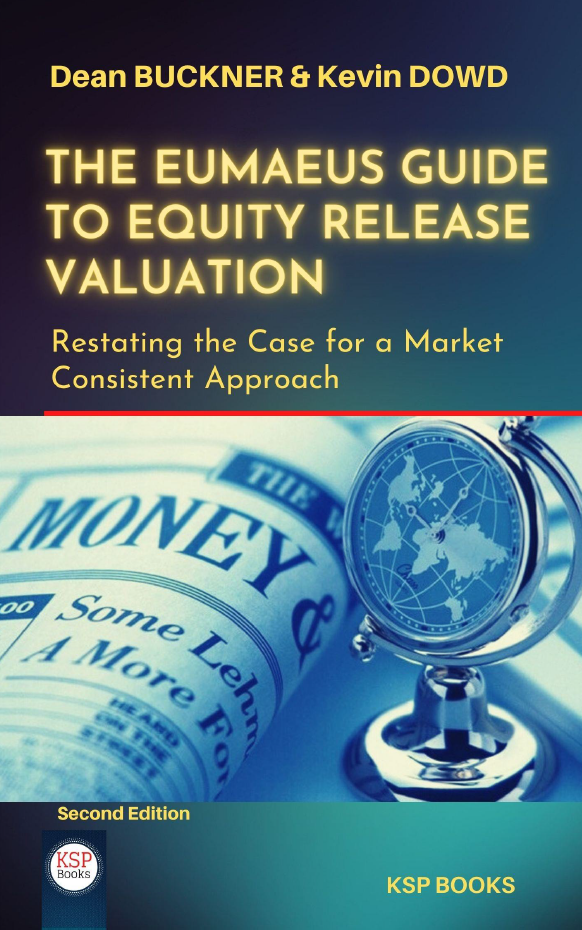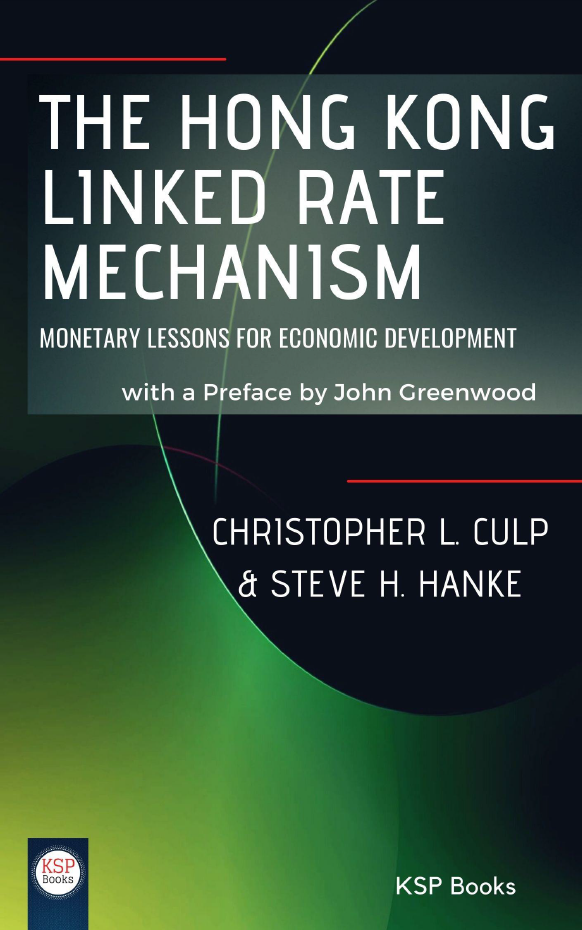By
Christopher L. Culp
The Johns Hopkins University, USA
Andria van der Merwe
Vise President at Compass Lexecon, USA
Bettina J. Stärkle
Risk Management Consulting Services, USA
e-ISBN: 978-625-8190-83-0
Publishing Date: March 1, 2023
File Size: 4,669 MB
Length: xi + 227 pages (PDF)
Language: English
Dimensions: 13,5 x 21,5 cm
 This Book is completely open access. You can freely read, download and share with everyone.
This Book is completely open access. You can freely read, download and share with everyone. 
Single-name credit default swaps (“CDSs”) are derivatives based on the credit risk of a single borrower such as a corporation or sovereign. Although the single-name CDS market expanded rapidly during the period of loose monetary policy and expanding credit from 2002 through 2007, its growth began to slow after the global credit crisis and during the Eurozone sovereign debt crisis in 2010 and 2011, after which the single-name CDS market began to contract. In recent years and despite deliberate efforts by the International Swaps and Derivatives Association (“ISDA”) and market participants on both the buy and sell sides, the single-name CDS market shifted from stagnating growth to an actual contraction and has shrunk substantially. At its high-water mark in June 2011, the total notional amount outstanding on single-name CDSs based on corporate and sovereign borrowers was $15.4 trillion. By June 2015, notional outstanding had collapsed to $6 trillion – i.e., a contraction of 61 percent over four years.
Several possible reasons may explain the recent decline in single-name CDS activity. One possibility is that the current environment of relatively low interest rates and default rates has reduced the demand for hedging and synthetic bond investments (a.k.a. taking a position on the credit risk of a borrower) using CDSs. Another oft-cited potential explanation for the post- 2011 contraction in the single-name CDS market is the panoply of changes to the global financial regulatory framework, such as margin and capital requirements on cleared and non- cleared swaps and the ban in the E.U. on short selling using sovereign CDSs. Such regulatory changes have already reportedly raised costs and decreased demand for single-name CDSs (or for hedging entity-specific credit risk altogether) even though many regulatory initiatives have still not been implemented in final form.
Some skeptics of single-name CDSs believe that the products themselves may have been defective prior to some of the reforms undertaken following the credit crisis and Eurozone sovereign debt crisis. Indeed, despite any significant evidence, a few commentators maintain that CDSs were either a cause or significant source of amplification for the credit crisis that migrated from U.S. subprime and leveraged finance markets to the global credit system beginning in August 2007.
To provide a more widespread and better understanding of the benefits and costs of single-name CDSs, we were commissioned by ISDA to prepare a review of the empirical academic literature on these products. Specifically, we restricted our review to single-name CDSs based on corporate and sovereign borrowers and did not consider the research on multi- name and/or index CDSs, loan CDSs, or CDSs based on asset-backed securities. The scope of our review included empirical research published in peer-reviewed academic journals, quasi- academic/trade journals with largely academic editorial boards, and working papers distributed through the Social Science Research Network (“SSRN”), universities, and the research divisions of financial regulators (e.g., the Bank for International Settlements, European Central Bank, and Federal Reserve). Our review did not include a survey of industry research, articles in industry and trade magazines or journals, and mainstream media publications. Although we have made every effort to be comprehensive and reviewed more than 260 empirical studies, comprehensive is not synonymous with exhaustive, and we offer our apologies for any research we might have missed.
To frame our literature review and analysis, we considered four major subject areas into which most single-name CDS research can be divided:
(a) The informational content and determinants of single-name CDS spreads;
(b) Implications of single-name CDS trading for lenders and reference entity borrowers;
(c) Relations between single-name CDS markets and related debt and equity markets; and
(d) Single-name CDSs, interconnectedness, and systemic risk.
In the four sections below, we summarize 15 conclusions that we reached from our review of the empirical literature in these four topic areas.
In the four sections below, we summarize 15 conclusions that we reached from our review of the empirical literature in these four topic areas.
Abbreviations and Acronyms
Foreword
1. Introduction
Background and Motivation
Scope of Review
Structure of the book
Sponsorship of the Review and Disclaimers
2. Background on Single-Name CDS
The Composition of the CDS Market
Significant Contract Terms and Trading Convertions
3. Potential Benefits and Coasts of Single-Name CDSs
Potential Benefits of Single-Name CDSs
Potential Costs of Single-Name CDSs
4. The Informational Content of CDS Spreads
Reference Entity Credit Risk
Determinants of CDS Spreads
Single-Name CDS Event Studies
5. Inplications of Single-Name CDS Trading for Creditors and CDS Reference Entities
The Impact of Single-Name CDSs on Bank Lenders
The Impact of the Availability of Single-Name CDSs on Reference Entities
6. Single-Name CDSs and Inter-Market Relations
Price Discovery
Impacts of Single-Name CDS Trading on Bond Market Quality
Impacts of Single-Name CDS Trading on Equity Market Quality
The CDS-Bond Basis
7. Single-Name CDSs, Interconnectedness, and Systemic Risk
Single-Name CDS Volatility and Correlation
Measuring Interconnectedness Using CDSs
Sovereign CDSs and Spillover Effects
Interrelated Sovereign and Banking/Corporate Credit Risks
8. Conclusion
Appendix
References
Christopher L. Culp
The Johns Hopkins University, USA
The late Christopher Culp was a Fellow at the Johns Hopkins Institute for Applied Economics, Global Health, and the Study of Business Enterprise, Senior Advisor with Compass Lexecon, Adjunct Professor at the Swiss Finance Institute, and Adjunct Professor at Universität Bern in the Institut für Finanzmanagement. From 1998 through 2013, Dr. Culp was an adjunct faculty member at The University of Chicago’s Booth School of Business. Culp was the author of four books – Structured Finance & Insurance (Wiley, 2006), Risk Transfer: Derivatives in Theory & Practice (Wiley, 2004), The ART of Risk Management (Wiley, 2002), and The Risk Management Process (Wiley, 2001) – and the co-editor of two books – Corporate Aftershock: The Public Policy Consequences of the Failure of Enron and Other Major Corporations (Wiley, 2003; co-edited with William Niskanen), and Corporate Hedging in Theory & Practice (Risk Books, 1999; co-edited with Merton Miller). He held a Ph.D. from The University of Chicago’s Booth School of Business and a B.A. in economics (Phi Beta Kappa, general honors, and departmental honors) from The Johns Hopkins University, where he was one of Steve Hanke’s students.
Andria van der Merwe
Vise President at Compass Lexecon, USA
Dr. Andria van der Merwe is an Executive Vice President at Compass Lexecon where she specializes in complex litigation and regulatory investigations related to financial markets. She provides consulting and testimonial expertise in derivatives, fixed income securities, market microstructure, cryptocurrency and blockchain technologies. Before joining Compass Lexecon, she served as a Director of Portfolio Management at the Federal Home Loan Bank of Chicago, where she developed as well as executed trading strategies in fixed-income markets, focusing on debt, derivatives and securitized products. As an author, Dr. van der Merwe wrote Market Liquidity Risk: Implications for Asset Pricing, Risk Management and Financial Regulation (Palgrave Macmillan, 2015) and co-authored Credit Default Swaps: Mechanics and Empirical Evidence on Benefits, Costs, and Inter-Market Relations (Palgrave Macmillan, 2018). Her research has been published in several internationally renowned journals on topics including complex mathematical algorithms to extract information from digital signatures and economic analysis of cryptocurrency. Dr. van der Merwe holds three U.S. patents that propose new communication protocols for wireless network services. SDr. van der Merwe has presented to audiences around the world from Munich, Germany to Zurich, Switzerland to London and Chicago. Her topics include economics in litigation context, economics of blockchain, cryptocurrency and bitcoin and managing liquidity and liquidity risks, for esteemed groups including the American Bar Association, Swiss Finance Institute and 100 Women in Hedge Funds. Dr. van der Merwe earned her Ph.D. in electrical engineering with concentrations in signal processing and applied mathematics from The Ohio State University and an M.B.A. with concentrations in finance, econometrics and accounting from The University of Chicago Booth School of Business. She is a Research Fellow at the Johns Hopkins Institute for Applied Economics, Global Health, and the Study of Business Enterprise.
Bettina J. Stärkle
Risk Management Consulting Services, USA
Related EconPedia Items































